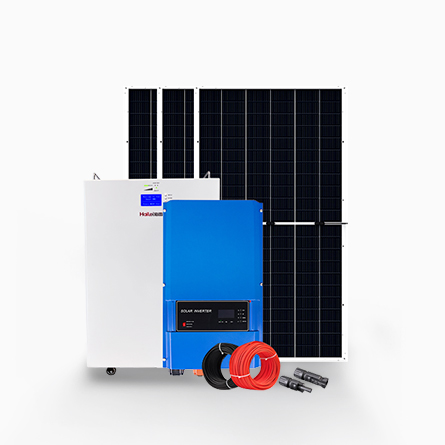Time:Nov 07, 2022 Views:738
The important problem in the production of lithium-ion batteries is the application of batteries in groups. In order to solve the "battery consistency problem", the industry generally uses the equalization technology. At present, the industry divides the mainstream battery equalization technology into passive equalization, active equalization, and internal equalization.
1. The commonly used equalization methods are active equalization and passive equalization realized by circuit. The passive equalization method uses a circuit to connect a single battery with high voltage to a load resistance to discharge it. By comparing the circuit, it can judge whether the voltage is the same as that of other single batteries. If the voltage is the same, it will stop discharging. The disadvantage of the passive equalization method is that it consumes the energy of the single battery, generates heat, and takes a long time to equalize.

The passive equalization method is characterized by simple principle and easy realization. When the equalization current is small, the device cost is relatively low, but there are two problems: ① resistance can consume discharge, waste energy, and generate heat; ② Because the discharge resistance cannot be selected too small, the voltage of small capacity batteries is usually high at the end of charging according to the characteristics of the batteries. During static equilibrium, the power of small capacity batteries is discharged, which increases the mutual difference between batteries.
2. The active equalization method means that the energy of the battery with higher voltage is not consumed through the resistance during charging and discharging, but transferred to the battery with lower voltage, so as to realize the balanced charging and discharging of the lithium ion battery pack; The active equalization circuit is complex and can not equalize all batteries at the same time, so the reliability needs to be improved.
The important characteristics of the active equalization method are that DC/CD two-way active equalization circuit is used, which has high equalization efficiency, and equalization is performed in the charging, discharging and static processes. The balance current is large, and the equalization speed is fast. However, there are also two major problems: ① complex technology, high cost, and difficult implementation; ② Frequent switching of the equalization circuit will cause great damage to the battery and affect the battery life.
3. The internal equalization method uses the topology algorithm of BMS to adjust the charging current and control the charging voltage during the charging process of the series battery, so that the charge of each single battery in the battery pack is basically the same. The internal equalization technology is characterized by simple algorithm, no energy loss, no additional charging and discharging process, no impact on battery life, and no new hardware equipment. However, if the battery charge differs greatly, it will take a long time to equalize.

X

Appointment Experience